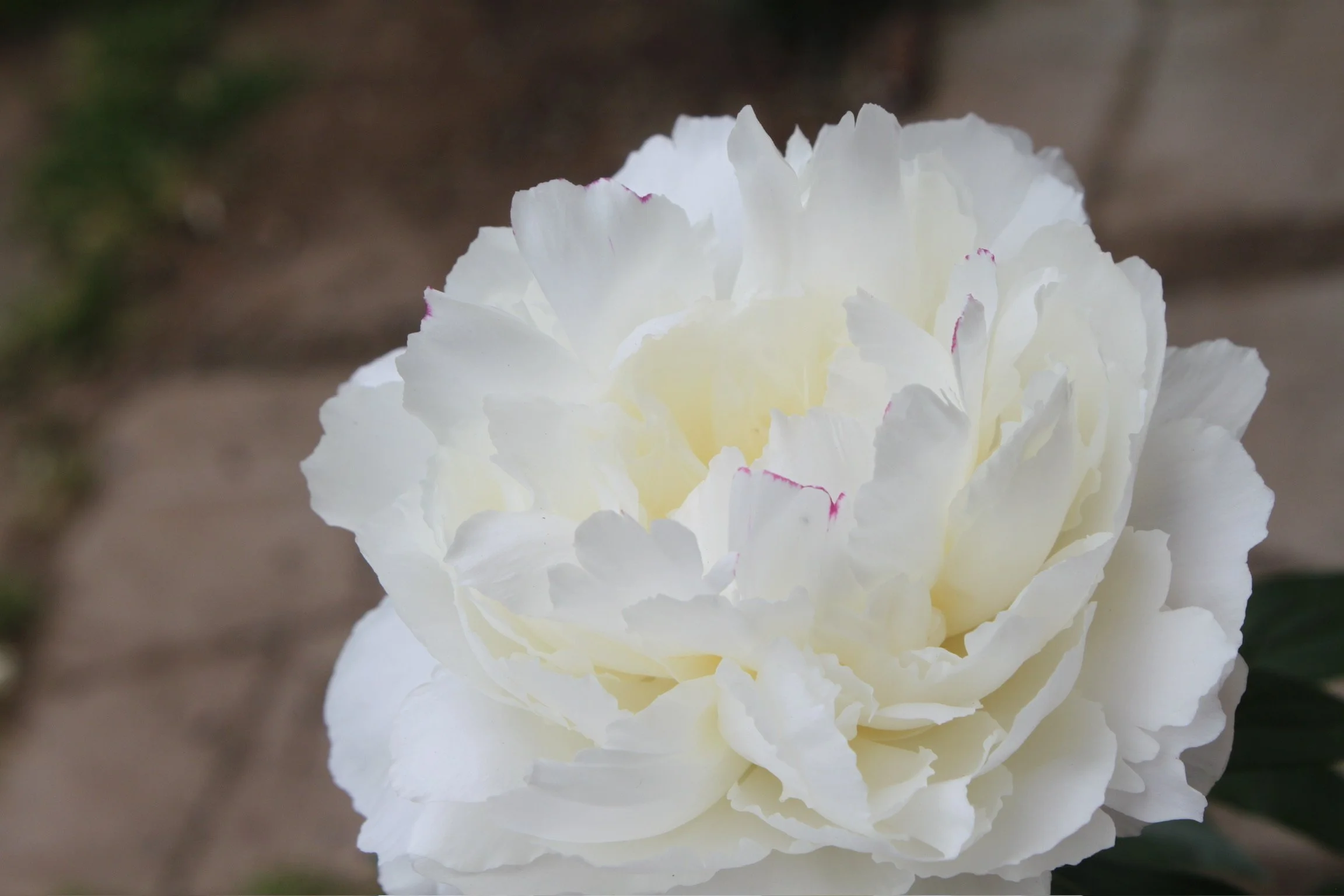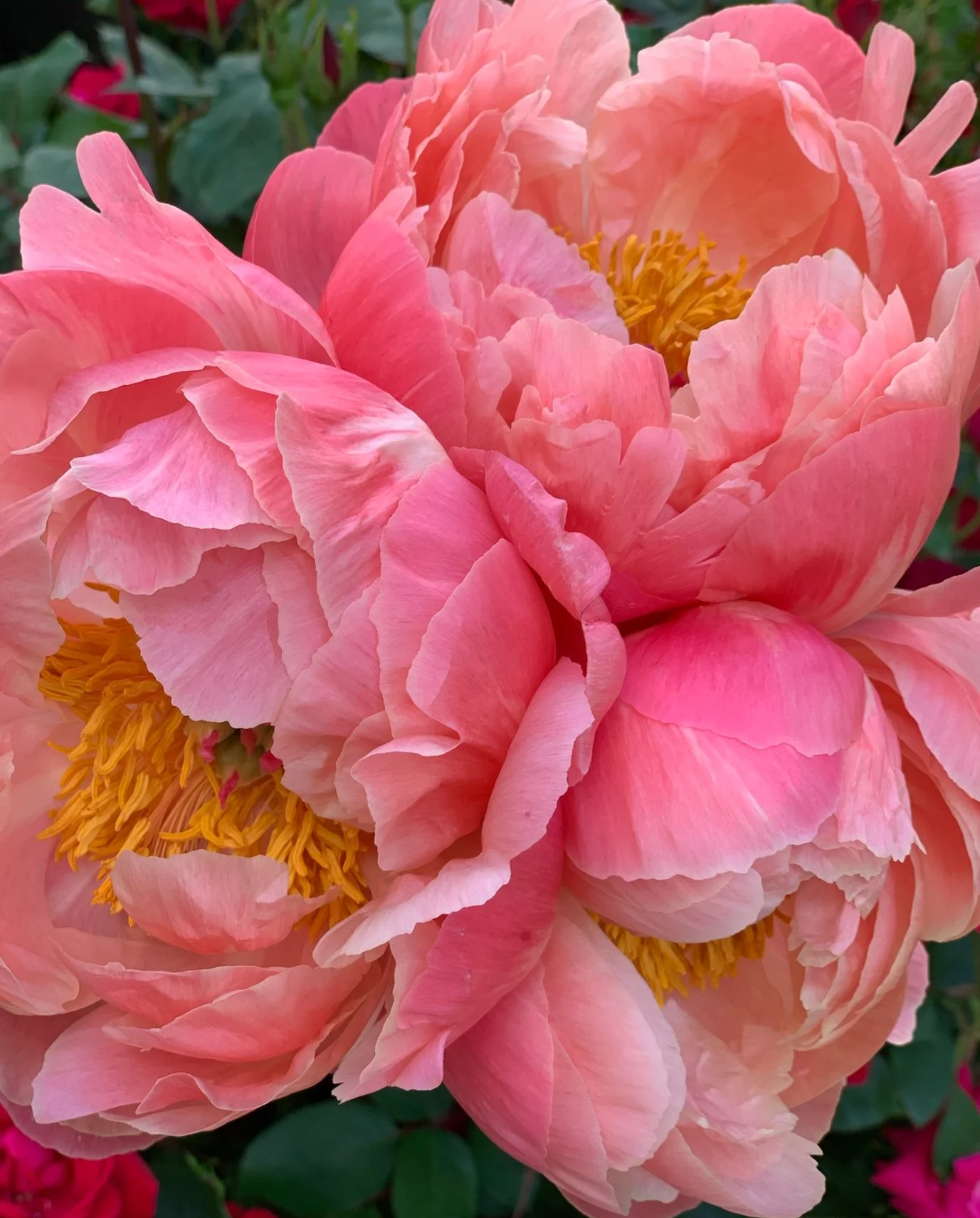How to Grow Peonies
Peonies are one of my favorite types of flowers! They are some of the prettiest things ever! Having some of them in your garden is such a great add. They bring so much color and beauty and their giant blooms are a great vase filler. Peonies are definitely for the intermediate grower. They are prone to disease and required some maintenance, but their brilliant blooms make it totally worth it!
How to grow
Peonies can be planted two different ways, a start, or a bulb. A start is more expensive up front, but a bulb may cost more to help mature to a large and healthy peony shrub. Either way both are great options and it’s really pure preference. Keep in mind that a bulb will most likely require more work though. If planting a start purchase this is early spring and plant immediately. Peonies bloom in spring and you want to give them enough time to mature in the ground before their blooming season. Here in the North West, where it’s stays cooler longer, I plant my peonies in late March, or once there is no fear of snow (temperatures below 32 degrees Fahrenheit ). If you are planting a bulb it is best to purchase it in mid fall, so towards the end of October. This should go straight into the ground. If the bulb is planted in the fall and has a swollen eye, it should have enough time to mature so that it will bloom the next spring. During the winter you’ll want to watch your little bulb and protect it from getting too cold. Putting a frost blanket over it or a frost mulch should do the trick. You should keep an eye on the weather and cover the area where the bulb is planted if snow is expected.
Peony Care
Peonies can be fragile at times and sometimes need a little gardener’s help to keep them healthy. Botrytis is a common disease that spreads rapidly on a peony. It kills the blooms, giving them a burnt appearance. They shrivel up and die and the disease spread to other flowers. Unless the botrytis is uncontrollably bad, it shouldn’t kill the actual plant itself, just make it unfruitful. To prevent this disease give your peony plenty of room for airflow and make sure the plant has good drainage. If the plant has sitting water under it and mushy dirt it will probably develop botrytis. Peonies need lots of sun and good drainage. If your peony is already infested with the disease it can be cured. If the disease is still young and hasn’t infested the entire plant you can just cut of the blooms and leaves that have wilted but throw these away so that they don’t spread more (botrytis is super contagious!) If the plant is super bad it may be time to start over, but that doesn’t mean buy a new plant. When the blooms have died and the plants have gone dormant for the year, it’s the proper time to begin the replanting process. gently uproot the plant and pull the bulbs up without damaging them. Cut any remaining leaves off until only the bulbs and the roots are left. Wash the roots off thoroughly until all the dirt is gone and you can see the eyes clearly. The eye is the small top to the bulb which will blossom into the plant it is often a little swollen and is a reddish color. Split the roots up until there are three eyes per root. This is ready to replant the same as any other bulb. (Peonies without eyes will bloom eventually, just most likely not in the next growing season.)
Basic Peony Facts
Light: Full Sun
Water: If you live in an area where it stays pretty dry then you’ll want to water it regularly, but if it rains enough you shouldn’t have to worry about it.
Planting time: Bulbs should be planted in the fall and starts in the spring.
Height: Varies per variety, but in a pot, around 3ft, and in ground 4ft.
Notes: These are very fragrant and good cut flowers.



